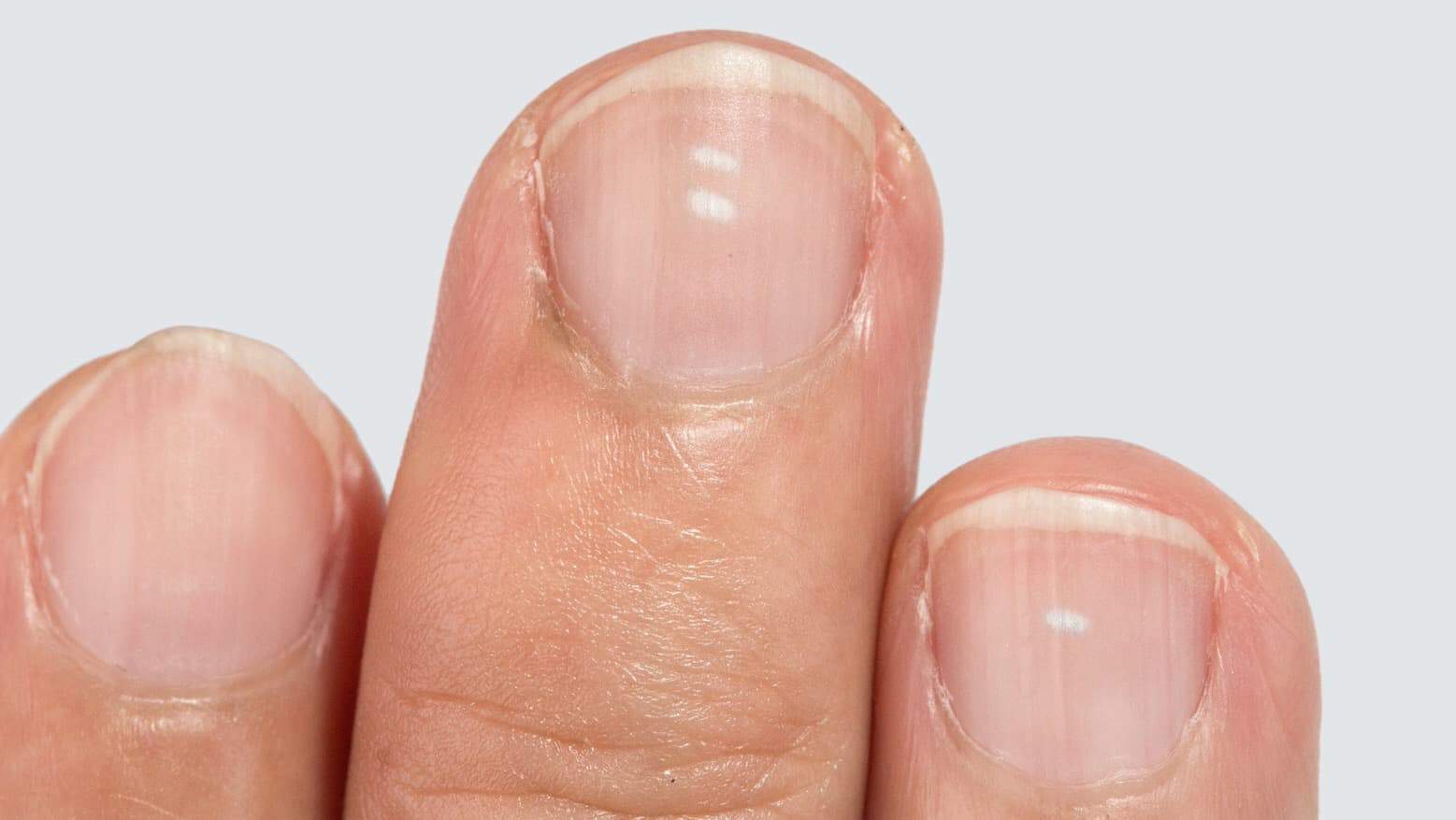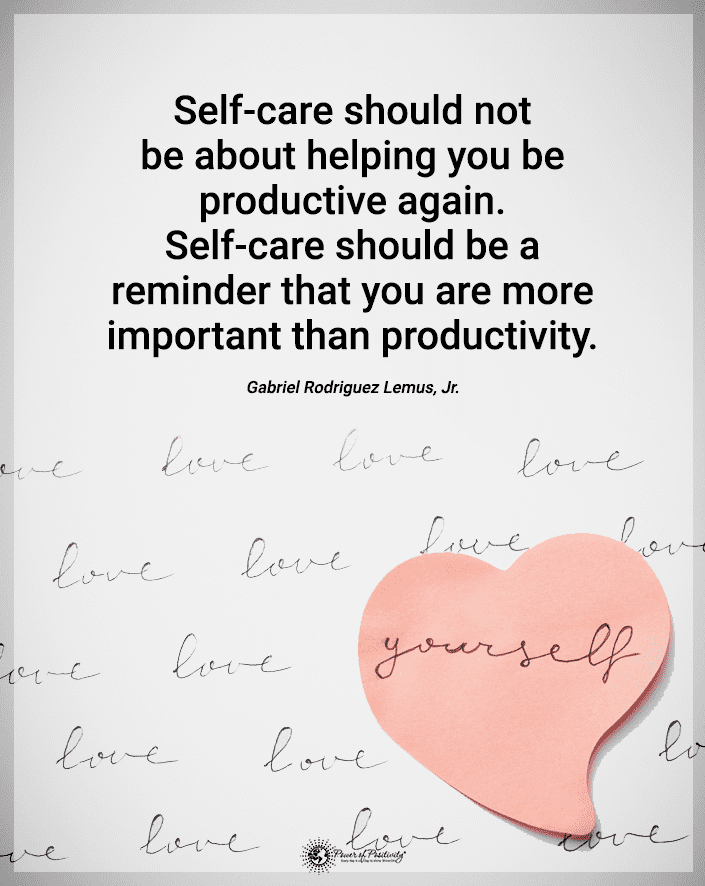Having white spots on your fingernails could mean one of many possible health concerns. This article will look at the possible causes of white fingernail spots and if you need to talk to your medical professional about your symptoms.
The fingernail acts like a protective shield over the tip of the fingernail and its sensitive nerve endings. You can get white spots on your fingernails anywhere on the nail. The nail root is near your cuticle curve, where the new nail grows from. The nail plate is the part of the nail that you can see the most of. The curved length of the nail. The nail bed is the active part that has blood vessels underneath the nail plate. The nail bed gives the nail plate its usual pink color unless you get white spots on your nail plate.
Here’s What Those White Spots On Your Fingernails Reveal About Your Health
Dr. Mercola says ‘The shape, texture, and color of your natural nails act as a window into your body, and while some nail symptoms are harmless, others can be indicative of chronic diseases, including cancer. As noted by the American Academy of Dermatology.’
One possible cause of white spots on your nail is that you usually know yourself. For example, damage to your fingernail bed from getting your finger pinched in a door. These white spots often appear within 24-48 hours after the nail bed is damaged but can last for up to three months while the damaged nail grows out.
Let’s look at the reasons, other than damage, for the white spots on your fingernails. Then, we’ll see what they reveal about your health.
What are those white spots on your fingernails?
Leukonychia is what the white spots on your nails are called by medical professionals. What you might call them is annoying because of how they look and how long they take to grow out. Damage, nutrient deficiencies, and a severe illness are possible reasons for white spots. Read on to learn more about what those white spots on your fingernails mean for your overall health.
Possible nutrient deficiencies
A nutrient deficiency in zinc can cause the nail bed to become pitted. Sometimes these pits are deep enough to appear as white spots on or under the fingernail. Eat pumpkin or squash seeds, spinach, wheat germ, nuts, and beans to get more zinc in your diet. This dietary change will help improve the health of the new nail growth from the nail bed.
Zinc doesn’t get the credit it deserves. Researchers at the Department of Pharmaceutical Sciences of the Coimbatore Medical College in India said:
“Zinc is found in over 200 enzymes and hormones in mankind. It is a natural element found in all plants and animals, and is widely available in over-the-counter vitamin supplements. Zinc is essential to life. It is a natural element found in all plants and animals and plays a crucial part in the health of our skin, teeth, bones, hair, nails, muscles, nerves and brain function. Zinc is essential for growth. It is used to control the enzymes that operate and renew the cells in our bodies.”
Dr. Mercola also says about the importance of zinc for nail health that:
“Healthy sources of protein, like whey protein, are important (zinc is necessary for making proteins like those found in your nails). Antioxidants, vitamins, and minerals found in leafy greens, berries, and other whole foods will also benefit your nail health. Biotin, vitamin B7, is one example.”
Illnesses that are revealed by white spots on your fingernails
Selenium poisoning could result in brittle nails with white spots, although this is not common. However, there were numerous cases of selenium toxicity reported in China. The livestock had been affected by high selenium in their food, which was then a health problem for those who ate the affected animals.
Toxic selenium poisoning can result in the total loss of the fingernail. Other symptoms include hair loss, tooth decay, sores on hands and feet, numbness, and tingling in extremities. If you are concerned about these symptoms, see a medical professional for testing.
Other serious illnesses can mark your fingernails with white spots, and they act like the rings of the inside of a tree as they move along the nail bed over time. For example, scarlet fever or a severe case of pneumonia will have the effect of damaging the nail bed with a white ridge. Avoiding injuries to your fingertips and fingernails, maintaining proper dietary nutrition, and getting regular health checkups should help you prevent white spots on your nails.
11 Things to restore healthy fingernails
Do you have unhealthy hands? Here are some ways to restore them to good health.
1 – Keep your nails clean and dry
Keeping your fingernails clean prevents bacteria from growing under your nails. Molds or yeast cause fungal infections. Germs enter your nails through cracks in your nails or the surrounding areas.
2 – Trim your nails properly
Use sharp nail clippers or manicure scissors to trim your nails. Please make sure they are clean. Trim your fingernails straight, then round them off into a curved shape. It’s best to cut your fingernails after a shower or bath. Or you can soak your fingers in slightly warm water for several minutes to soften them.
3 – Resist biting your fingernails
Biting your nails or picking your cuticles cause damage to your fingernails. Nail-biting allows bacteria and fungus infections around your nails. Constant nail biting can damage the tissue around your nail and even damage the roots of your teeth. In severe cases, nail biting damages the nail bed so severely that it causes the disappearance of your nails.
4 – Never rip off your hangnails
Hangnails are jagged pieces of skin that stick out from the sides of your fingernails. They are highly irritating to look at and sometimes painful. Hangnails are caused by
- Alcohol infused hand sanitizers
- Dry air
- Constant hand washing
- Nail-biting
- Picking off hangnails
If you want to remove a hangnail, clip them off with manicure scissors or nail clippers.
5 – Limit harsh nail care products
Abrasive emery boards, acetone nail polish remover, and other harsh nail products damage your fingernails, causing them to split easily and break. These products can strip your nails, making them weak. Many powerful nail products, even those that say they’re natural, contain dangerous chemicals such as
- Formaldehyde resin
- Dibutyl phthalate
- Toluene
These toxic chemicals get absorbed into your body, causing contact dermatitis and sometimes even cancer.
6 – Wear dishwashing gloves
If you wash dishes in soapy, hot water, it can weaken your nails. Use protective dishwashing gloves to prevent damage to your fingernails. Wearing dishwashing gloves has several benefits, including
- Protects your fingernails: Gloves keep your nails snagging and tearing while washing your dishes.
- Better grip: Gloves keep you from dropping a dish that could break and cut your fingers.
- Protects your skin: Hot water and cleaning chemicals dry out your hands. Gloves keep your skin dry and protected.
7 – Inspect your nails
Don’t ignore nail problems like splits, tears, or strange coloration under nails. These are all signs your nails aren’t healthy. Discoloration under your pin could be a sign of a nail fungus or cancer. Keep an eye out for infection. Symptoms include:
- Redness
- Swelling
- Pain
- Drainage
Make an appointment with your dermatologist if you notice any of these. You don’t want to cause long-term damage to your nails.
8 – Use a moisturizer
You may use moisturizing lotion on your hands, but your fingernails and cuticles need moisture. It could help your nails grow better, and your cuticles look better when you hydrate them. Moisture can reduce cracks, chips, and spits in your nails.
9 – Try biotin
Biotin is a natural supplement that strengthens your nails. You can buy biotin supplements at most grocery stores, but you can also eat foods rich in biotin to restore healthy fingernails. Foods high in biotin include:
- Eggs
- Fish
- Organs meat
- Nuts
- Seeds
- Sweet potatoes
- Beans, lentils, and peas
- Mushrooms
- Bananas
- Broccoli
Biotin can help you avoid brittle, broken nails that break easily.
11 – Choose a professional nail salon
A manicure is a fun way to keep your nails looking good. Although it’s not healthy to get a manicure too often, when you do, be sure you visit a professional nail salon. Stick to a nail salon that displays their state license and has qualified technicians. Steer clear of cuticle removal, as this can lead to infection. Check if the technicians sterilize their tools and if the foot baths look clean. They should use a bleach solution between clients. If the salon looks dirty or ill-kept, find another nail salon with better hygiene practices.
11. Limit your manicures
Manicures are lovely, but they expose you to chemicals and harsh ingredients that can damage your fingernails. Specific nail treatments are especially harmful to your nails.
Gel nails
Gel nail polish is painted on your fingernails and cured under a special lamp. This nail polish lasts longer than regular nail polish, making it popular for special occasions when you want your nails to look good for several weeks. The downside is the UV light you’re exposed to during the curing. These lamps emit ultraviolet light that can damage the cellular makeup of your nails and hands. This puts you at risk for skin cancer on your hands and under your nails. Wearing gel nails for too long can cause brittle nails.
Before getting your gel manicure, apply sunscreen with an SPF of at least 30 to your hands and the areas around your nails. Sunscreen will protect your hands and nails from premature aging because of exposure to the UVA rays in the lights they use to cure the gel nail polish.
Powder dip polish:
This type of manicure uses a bonding polish painted on your nails. You dip your nails into a fine powder, so it adheres to your nails. Lastly, an activator is applied. This creates a strong bond similar to a hard shell. Powder dips polish lasts a long time. The downside is the jars with fine powders used on multiple clients. This shared container puts you at risk of exposure to bacteria, viruses, and fungi. Removing the powder dip polish involves using an electric file that can damage your cuticle and nail plate.
Final Thoughts on What Your Fingernails Reveal About Your Health
Your fingernails are a window into your health. They reveal poor eating, damage, infection, and even severe disease. Nail care seems simple enough, but it’s easy to overlook your fingernails. Daily maintenance of your fingernails includes applying a moisturizing lotion, eating foods rich in biotin, and wearing dishwashing gloves. These practices keep your nails looking their best. Choose a professional salon that practices good hygiene to avoid bacterial infections, viruses, or fungal infections if you enjoy manicures.





















